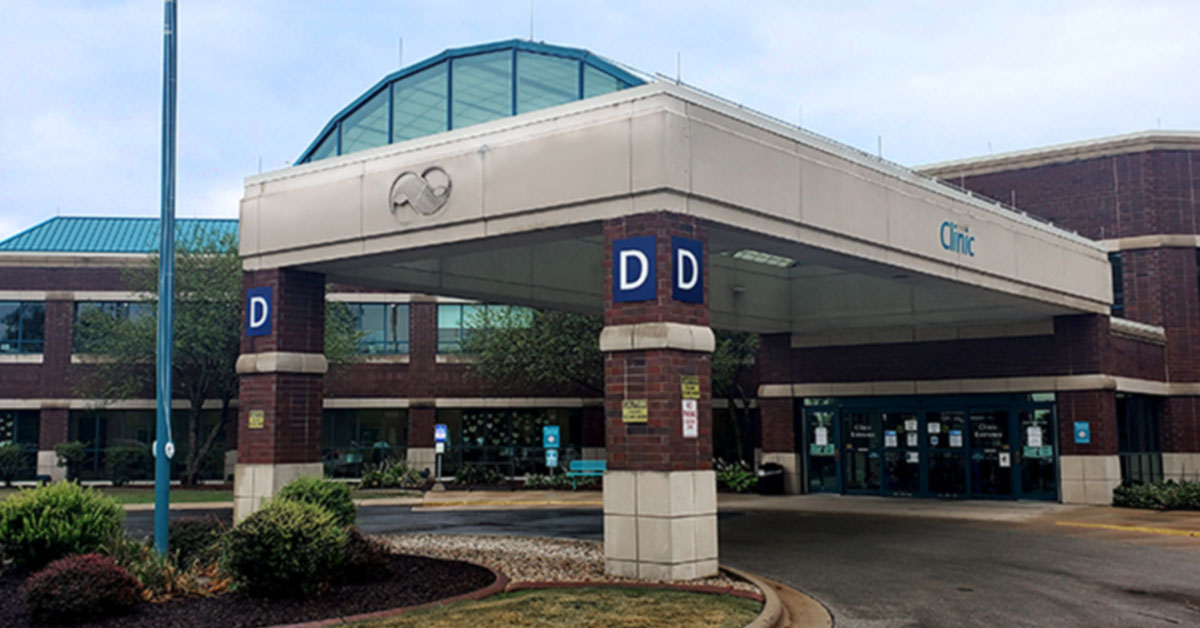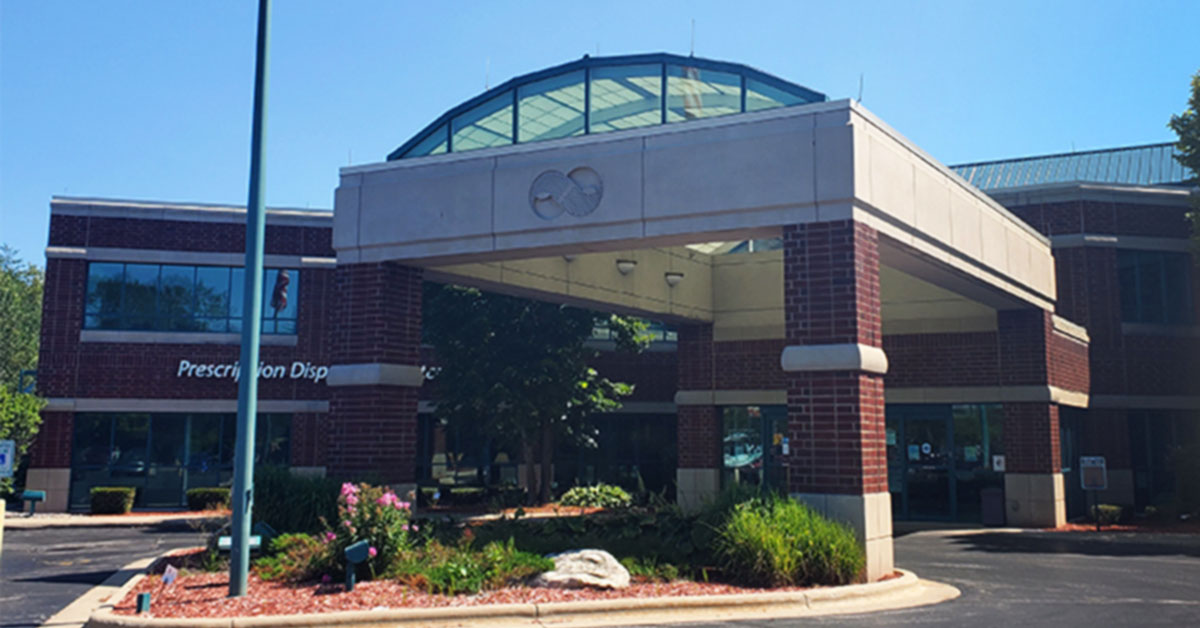Interventional Neurology
Neurointervention offers minimally-invasive treatment for disorders of the blood vessels in the head, neck and spine
Who performs neurointervention procedures?
Our Neurointervention team is comprised of specialists in neurosurgery, interventional neurology and neurointerventional radiology.
What is neurointervention?
Neurointervention uses minimally-invasive, catheter-based approaches to treat specific diseases of the blood vessels of the head, neck and spine.
What conditions can be treated with neurointervention?
The most common conditions treated with neurointervention are:
- Stroke
- Brain aneurysms
- Vascular malformations and fistulas of the brain and spine
- Carotid artery disease
Other conditions treated are:
- Transient ischemic attacks (TIA)
- Cerebral artery stenosis
- Vertebral artery disease
- Venous diseases of the head and neck
- Compression fractures
Neurointervention may not be suitable for every patient with these conditions.
What are neurointervention procedures?
Neurointervention procedures use a small nick in the skin, rather than more invasive surgery procedures that involve opening the skull or exposing the spinal column.
Through those tiny incisions, a catheter is inserted through blood vessels to problem areas in the brain or spine. Using imaging technology sent via catheter, neurointervention specialists can see and treat brain and spine issues, either with medical devices or medication.
What are the benefits of neurointervention vs. neurosurgery?
People who have neurointervention procedures can expect shorter recovery time, fewer complications and less pain than what typically follows more invasive open surgery.
How is a neurointervention procedure planned?
During a patient’s initial appointment, their medical history and risk factors will be evaluated. A neurointervention specialist will work with the patient to create an individualized treatment plan to help ensure the best possible outcome.
How do I get an appointment with a neurointervention specialist?
People seeing a neurointervention specialist for the first time must have a referral. Your primary care physician or medical provider will send that referral to our office. Our staff will contact you to schedule your first appointment.


